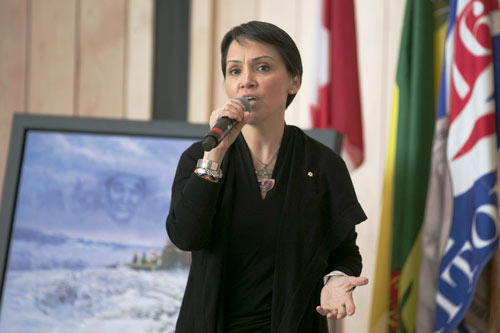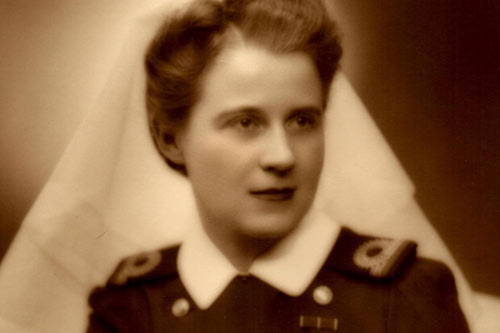News in brief
For the latest news, visit the College of Arts & Science news & events website.
Lawrence Hill is 2016 book club author

The 2016 College of Arts & Science Book Club selection is The Illegal by Lawrence Hill. Winner of CBC’s Canada Reads 2016 competition, the novel is the compelling story of a refugee on the run for his family’s survival.
Alumni, students and the wider college community are invited to read The Illegal in anticipation of Lawrence Hill’s Nov. 21, 2016 visit to campus. Events with the author that day are open to the public.
Lawrence Hill is an award-winning and internationally bestselling Canadian writer. His novel The Book of Negroes was adapted into a television miniseries last year and another series is in the works for The Illegal.
Each year, the Arts & Science Book Club invites friends of the college to immerse themselves in a great book, join a community discussion and meet an acclaimed author.
Esi Edugyan’s novel Half-Blood Blues was the Arts & Science Book Club pick for 2015. Edugyan spent a day in October on campus to discuss her Giller Prize-winning book and present a lecture about her life as a writer.
To learn more about upcoming Arts & Science Book Club events with Lawrence Hill, sign up for alumni email updates or visit the book club website.
A shining career

When Ron Steer (BA’63, PhD’68, DSc’95) began his academic career at the U of S, John Diefenbaker was prime minister and the world’s first laser was being built. This spring, 56 years later, he retired as a professor and distinguished chair of chemistry.
The laser technology he saw appear during his years as an undergraduate helped Steer build a celebrated career researching interactions between materials and light. After returning to the U of S as a faculty member in 1969, he made notable advances in improving the efficiency of solar power cells and was a key figure in establishing the Saskatchewan Structural Sciences Centre. Off campus, he helped found the Saskatoon Chamber Singers and still loans his singing voice around the city.
In retirement, Steer plans to continue his research and teaching at the U of S as a professor emeritus. “It’s my university,” he says, “in a very personal, meaningful way.”
College hosts Susan Aglukark

Juno Award-winning musician Susan Aglukark made an extended visit to the U of S this winter as the College of Arts & Science’s Aboriginal fellow in creativity.
Named to the fellowship through the Interdisciplinary Centre for Culture and Creativity, Aglukark spent three months working with students and the campus community. From January to March, the Inuk singer-songwriter mentored Aboriginal students, performed at the opening of the Gordon Oakes Red Bear Student Centre, delivered a public fine arts lecture and taught a unique course titled In the Company of Music.
Drawn from her experiences in the music industry, Aglukark’s class examined music as both an artistic outlet and a business.
“I see the class as being about the journey of finding your creative self through music, learning how to use art as a tool to keep you focused on goals and dreams,” Aglukark said in an interview for the college website.
The Aboriginal fellowship in creativity program is designed to attract internationally renowned Aboriginal creative thinkers, practitioners and artists to the U of S.
Aglukark, known for hit singles such as “O Siem” and “Hina Na Ho (Celebration),” received the Governor General of Canada’s prestigious Lifetime Artistic Achievement Award this April.
